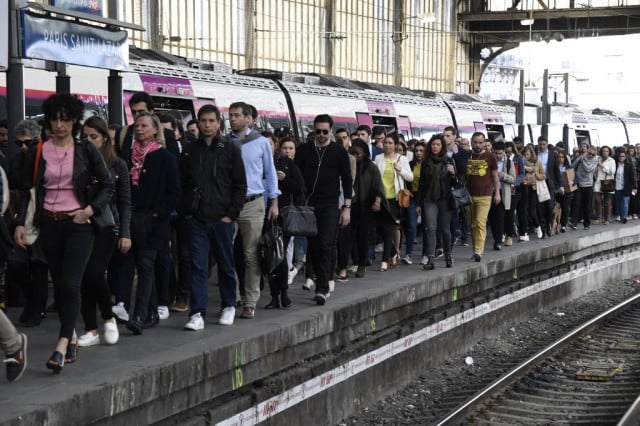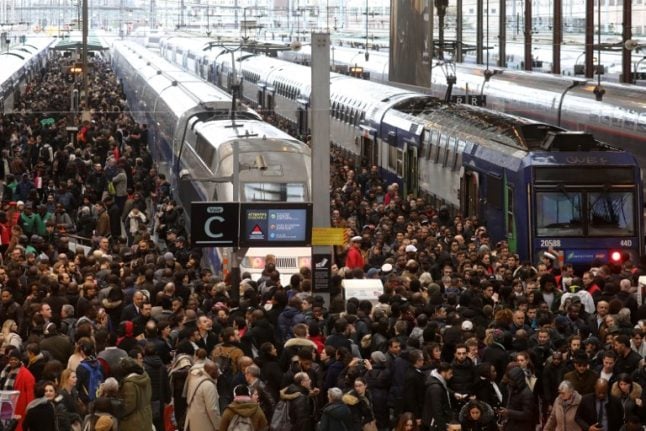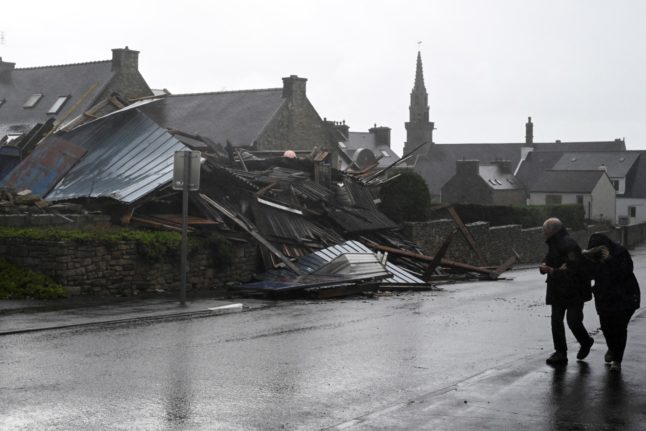France's rail network has been plagued with problems over the past year which has lead to a record low in performance, according to a new report.
The cancellation rate on the high-speed TGV network reached 6.8 percent, while of the trains that did run, 17.8 per cent arrived late, compared to 15.4 percent in 2017 and 11.7 percent in 2013, according to latest figures released by French transport services regulator the Autorité de la qualité de service en les transports (AQST).
READ ALSO

Many commuters were left waiting for delayed trains. Photo: AFP
The worst affected lines were the route between Paris Montparnasse and Le Mans, where 32 percent of trains were delayed, and the Marseille-Bordeaux route, where 33 percent of rail services were delayed.
The best route was the line from Paris Gare d l'Est to Nancy, where just eight percent of trains were delayed.
The problems were just as bad on the inter-city routes between cities and towns, with an overall delay rate of 17.2 per cent of trains late in 2018, compared with 14.6 per cent in 2017 and 11.1 percent in 2013.
The situation on the local and regional TER services is not as bad, with 9.6 per cent of trains late last year, compared with 9.1 per cent in 2017.
The situation varies greatly from region to region, with a delay rate of 5.3 percent in Brittany to 13.7 percent in Occitanie.
Alain Sauvant, the president of the AQST, told French newspaper Le Figaro: “There are many reasons for these missed schedules.
“First of all, there are the external causes, ranging from industrial action and protests to the collapse of slopes by the side of rails.
“But the obsolescence of the infrastructure makes the situation far worse.”
Figures for both delays and cancellations were badly hit by strike action which lasted for three months in 2018.



 Please whitelist us to continue reading.
Please whitelist us to continue reading.
Member comments